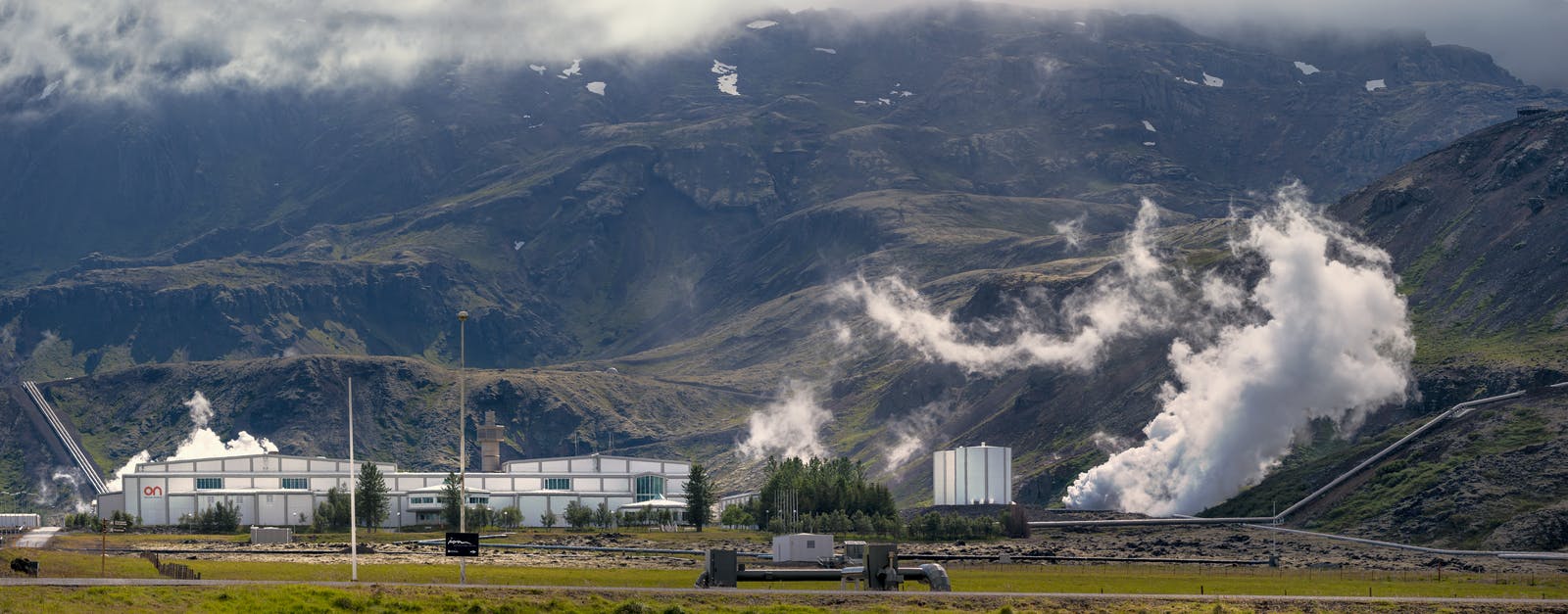
Geothermal Energy Utilisation In Iceland
In Iceland, green energy is not a new concept. Natural resources have been utilised since the early 20th century to harness energy in the form of heat and electricity. By now, Iceland is one of the biggest innovators of new techniques and knowledge around geothermal resource utilisation and a role model within the energy transition. But how did we become experts, and why is Iceland such a profitable location for the development of new techniques? Keep reading and find out!
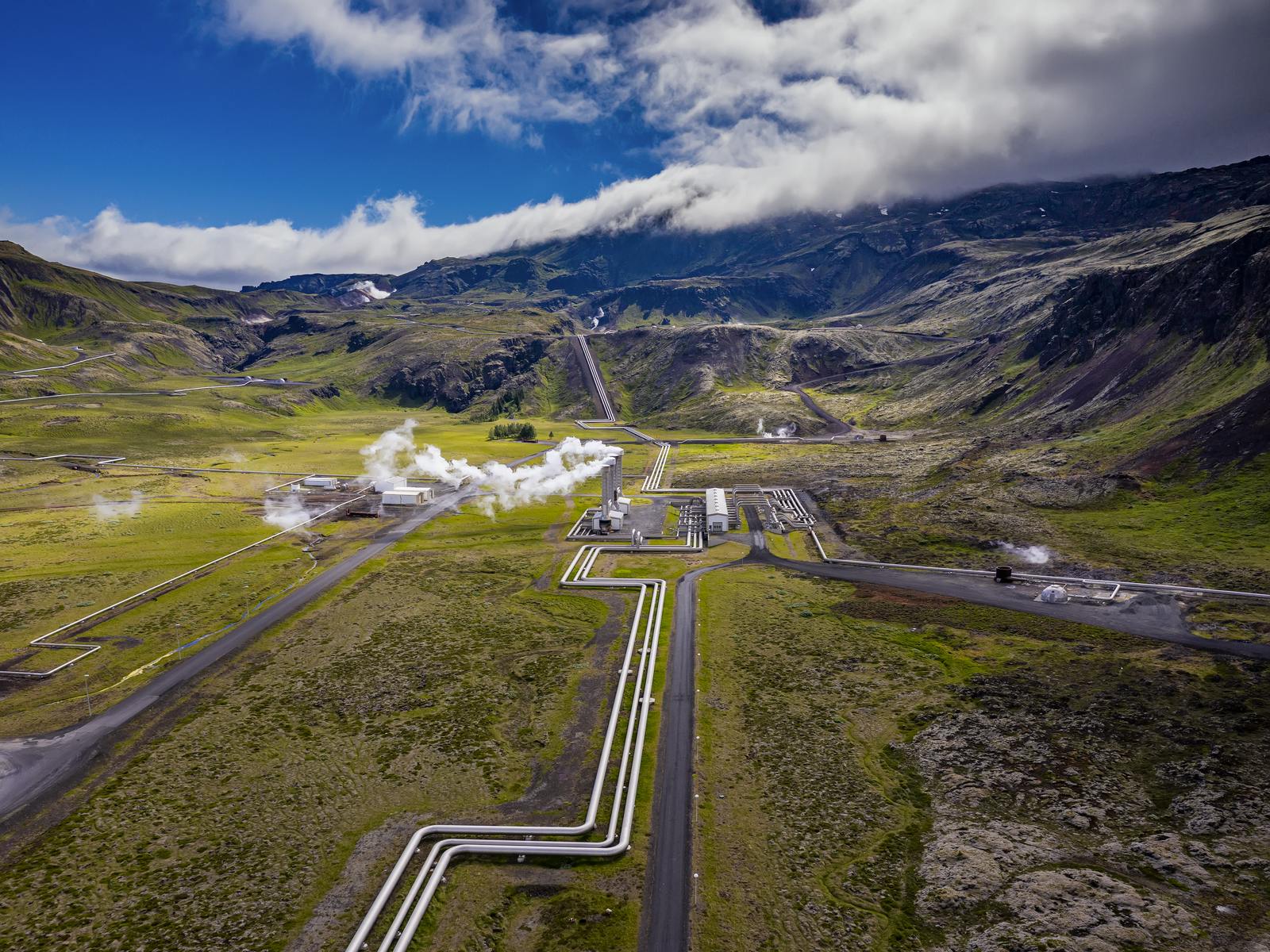
Learn About Geothermal Energy in Reykjavík
Perlan's Forces of Nature exhibit immerses visitors in the primal forces of volcanoes, earthquakes, and geothermal energy shaping Iceland. Explore the genesis of mountains and volcanoes forged by intense heat and pressure beneath the earth's crust. Discover how geological fault lines, where Iceland's tectonic plates converge or diverge, and define the rugged landscape.
Why Is Iceland's Location Beneficial for the Utilisation of Geothermal Energy?
Not just anywhere on the planet, geothermal energy is as easily accessible as it is in Iceland. Like all natural resources, the extraction of heat and power from geothermal areas can only be applied under specific geological conditions. Apart from a shallow heat source, the most important factor for a profitable geothermal source is groundwater accessibility.
The geothermal areas in Iceland are often divided into high and low-temperature areas.
- The low-temperature areas are harnessed for direct use of the water for municipal heating services, swimming pools, hot tubs, etc.
- The high-temperature areas are harnessed for electrical generation and for indirect use for municipal heating services.
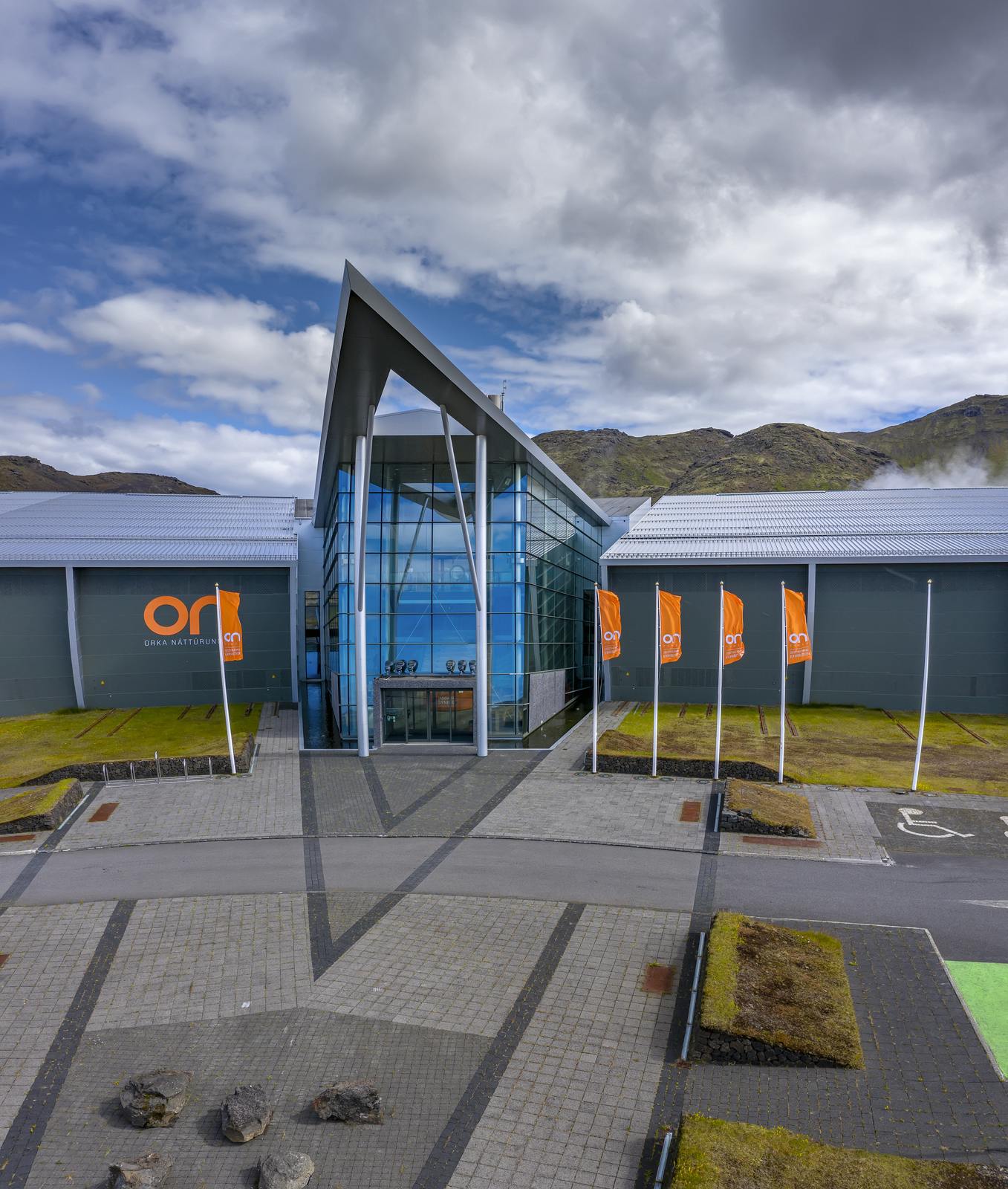
The heat is most efficiently transported by liquid water. In the high temperature areas , a caprock has to be present above the heat source, which traps the steam and water, creating a reservoir. Additionally, the geothermal area needs to be conveniently located so it can be easily exploited and distributed to the consumers. Due to its position on the Mid-Atlantic Ridge and the location of a hotspot underneath Iceland, Iceland has a very active volcanic belt stretched out over the centre of the country.
Within this volcanic belt, the crust is a host to multiple magma bodies that are constantly being replenished with new hot material. Additionally, an extensive network of faults and fractures resulted from the rifting of the crust in this area. The fractures make pathways for groundwater to transport the heat from deep within the crust, closer to the surface.
At shallow depths, young, unfractured lavas trap the fluids to create large geothermal reservoirs. Where the heated groundwater reaches all the way up to the surface, we find the so beloved hot water springs.
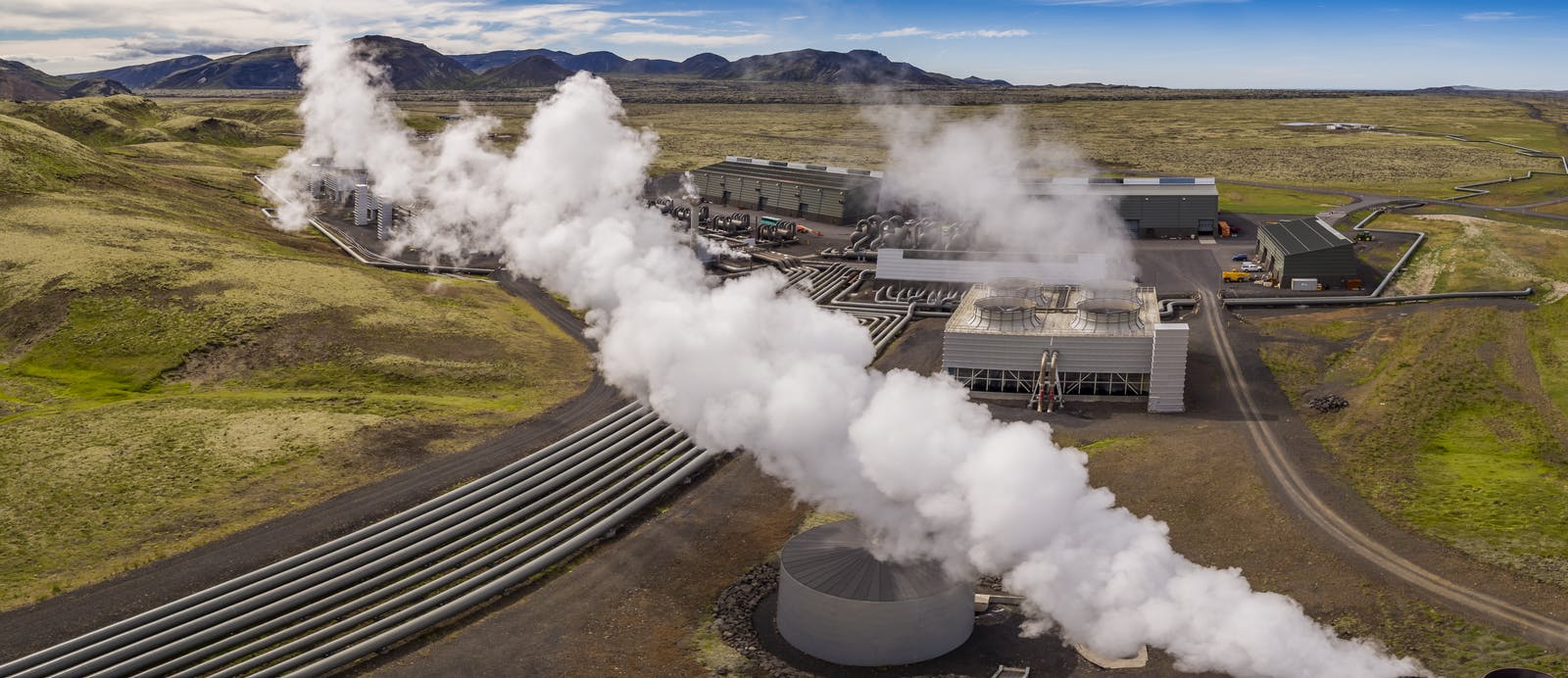
Geothermal Power Plants in Iceland
Water generated at the power plants boils when it is brought to the surface and reaches the plants as a combination of steam and geothermal fluids. The steam has to be cooled down in order to be utilised. The fluids from high-temperature sources are often chemically unfit to be discharged directly into the city's heat distribution system.
Therefore, clean water is heated in turn with the extracted geothermal fluids. The heated water is supplied to the city and used for several different purposes, including district heating, recreation, and various industrial applications like fish farming and agriculture.
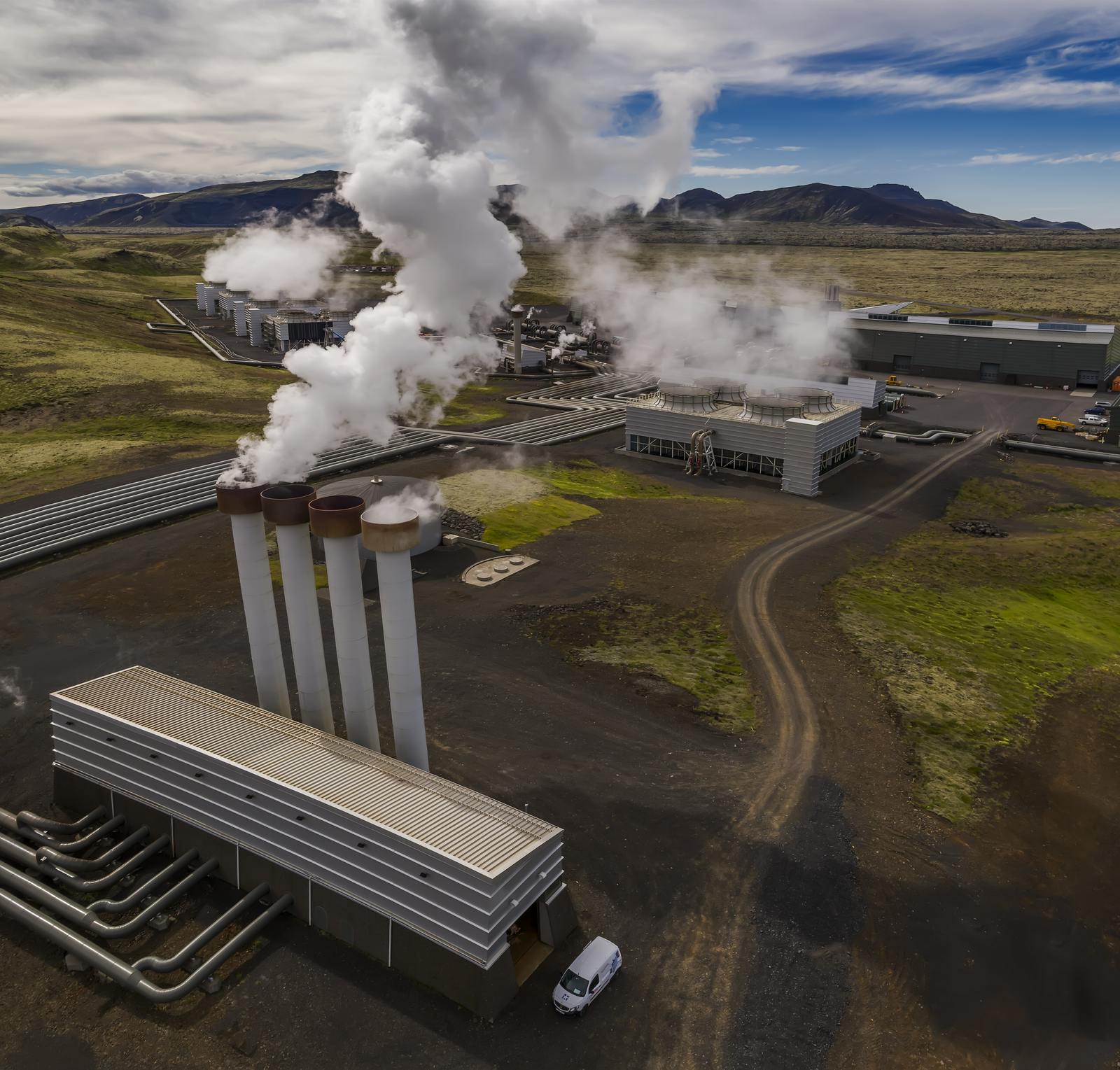
To produce electricity, the extracted steam is used to drive turbines that in turn drive a generator that produces electricity. The electricity from the geothermal power plants is contributing more and more to the national grid and currently provides most households and big industries in Iceland with electricity.
Svartsengi Power Station
Svartsengi Power Station, located near Grindavík in southwest Iceland, is one of the country’s first geothermal power plants. Built in six phases between 1974 and 2008, the station harnesses the high-temperature geothermal system of the Reykjanes Peninsula. It supplies 76.5 MW of electricity and around 80 MW of thermal energy, providing hot water for heating to all communities in the Reykjanes area. The plant also discharges geothermal water that forms the Blue Lagoon. Plans are in place for a seventh plant to expand its capacity.
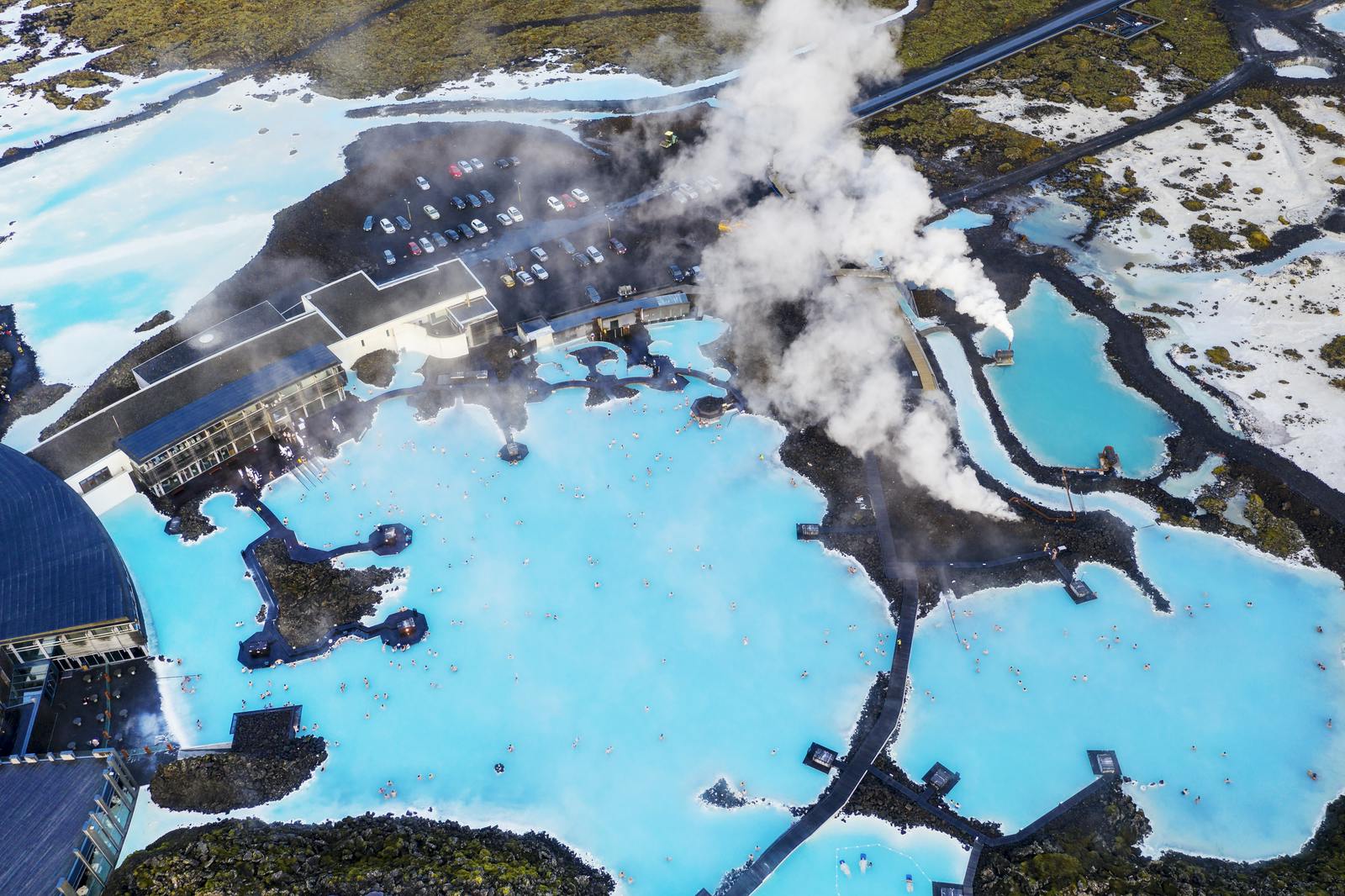
Hellisheiði Power Plant
Hellisheiði is the sixth biggest geothermal power plant in the world and the biggest one in Iceland. Hellisheiði is located in the Hengill area, which is a volcanic system located in south-west Iceland and is also the biggest geothermal field in Iceland, covering an area of 110 km2. This power plant generates 303 MW of electricity and 200MW of thermal energy. The power is generated using six high-pressure steam turbines. The hot water pumped from Hellisheiði is supplied to Reykjavík for district heating through a 19.5km long underground pipeline.
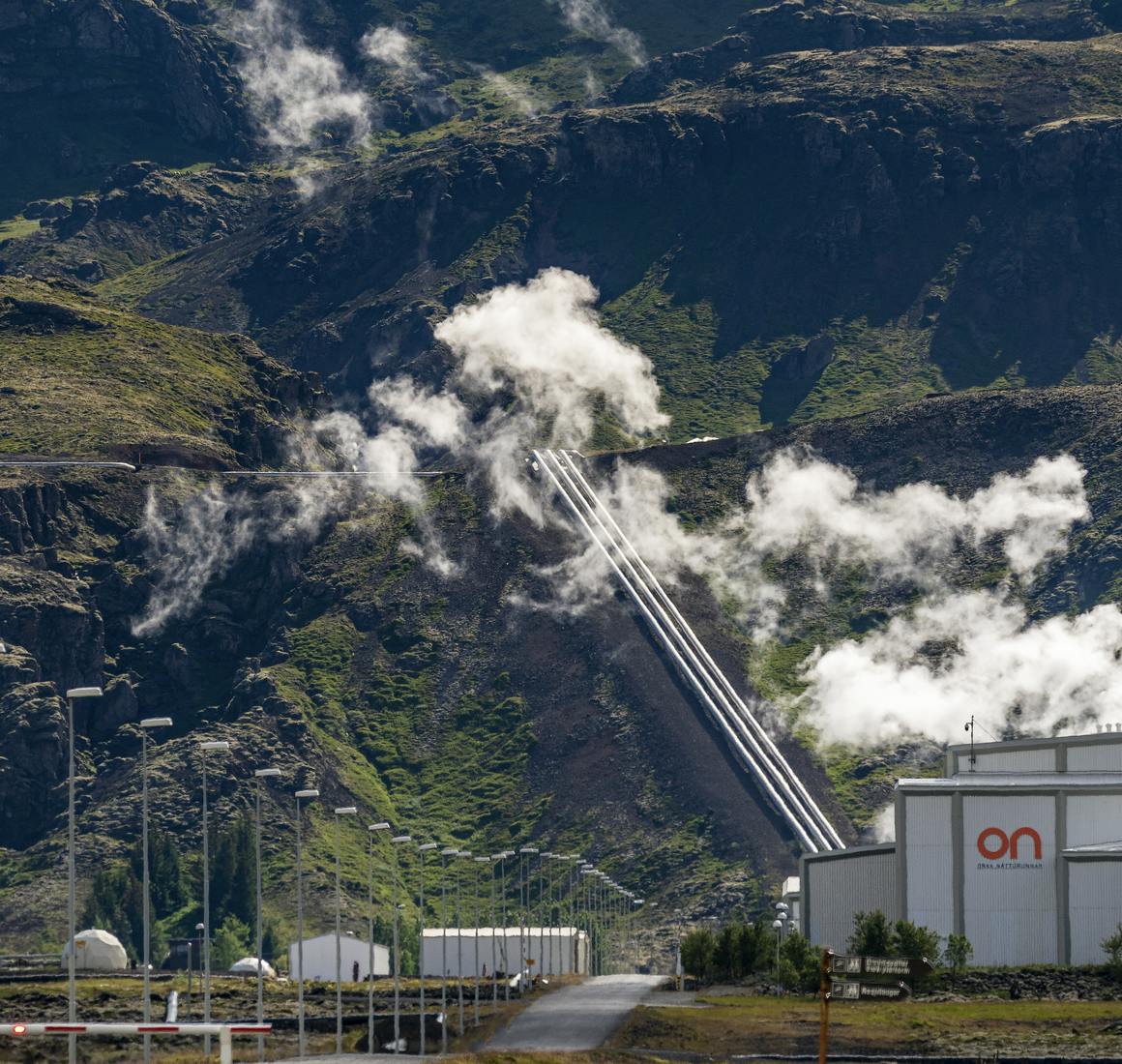
Nesjavellir Power Plant
Nesjavellir power plant is located in the same geothermal field as Hellisheiði, the Hengill area, and is only 11 km away from the Hellisheiði power plant. Production at Nesjavellir has been ongoing since 1990. Originally, the power plant only produced hot water for space heating. In 1998, two 30 MW turbines were installed for electricity production. At present, the power plant generates 120 MW of electricity and 300 MW of thermal energy.
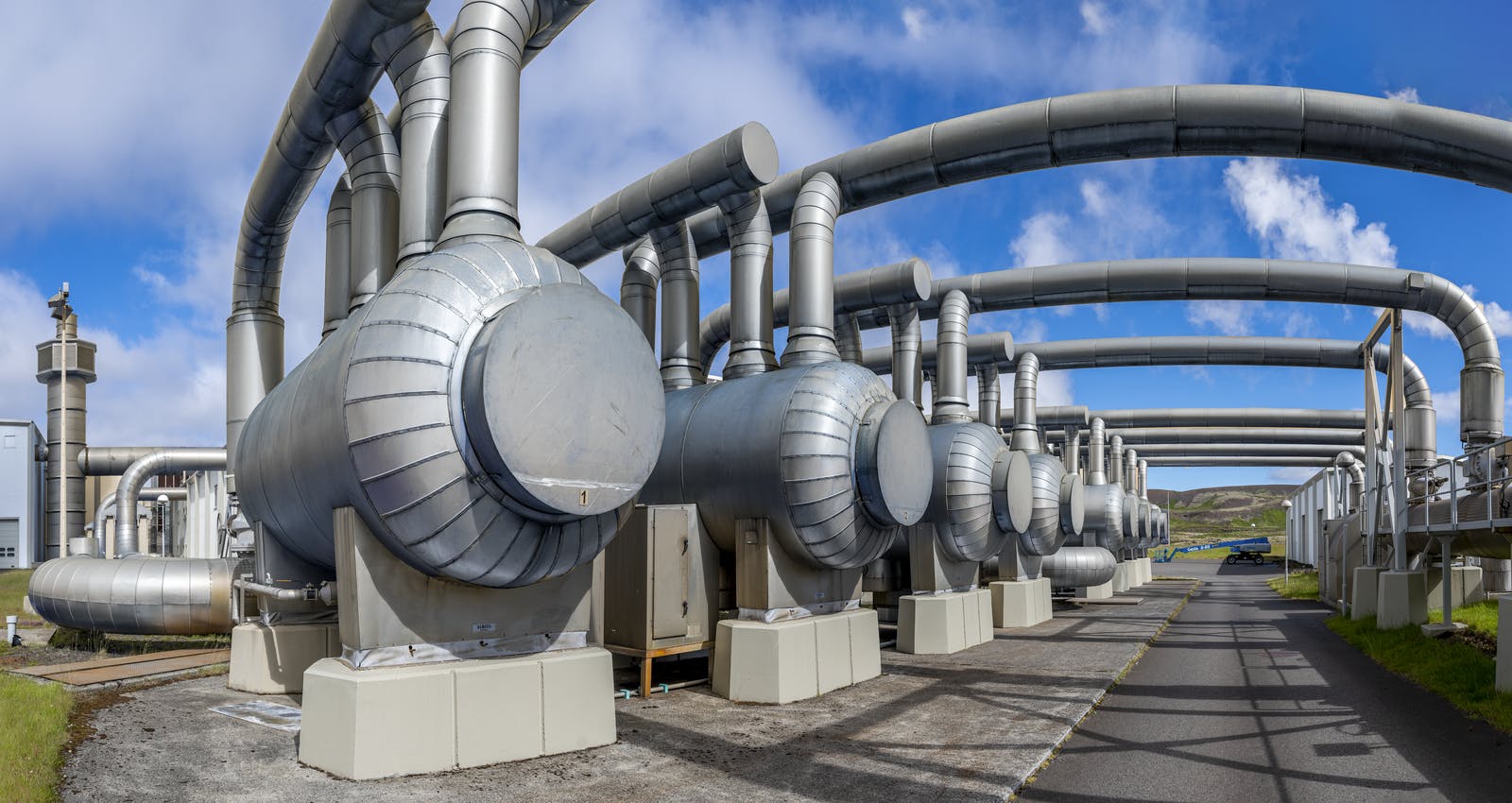
Reykjanes Power Plant
Reykjanes power plant is located in Reykjanes, at the southwestern tip of Iceland. It began operating in 2006 when electricity production for the national grid started. The plant has two 50 MW turbines that produce 100 MW of electricity. Steam and brine are extracted from a reservoir at 2700 m depth, which is 290°C to 320°C.
Iceland and the Energy Transition
Nowadays, geothermal steam is used to produce electricity on a large scale in many countries. Geothermal energy is referred to as a renewable, sustainable and clean source of energy. However, the classification as a sustainable resource has been argued by scientists. The sustainability of a geothermal resource is highly dependent on exploitation management. When operated without caution, geothermal systems can quickly lose capacity and take long periods of time to recover.
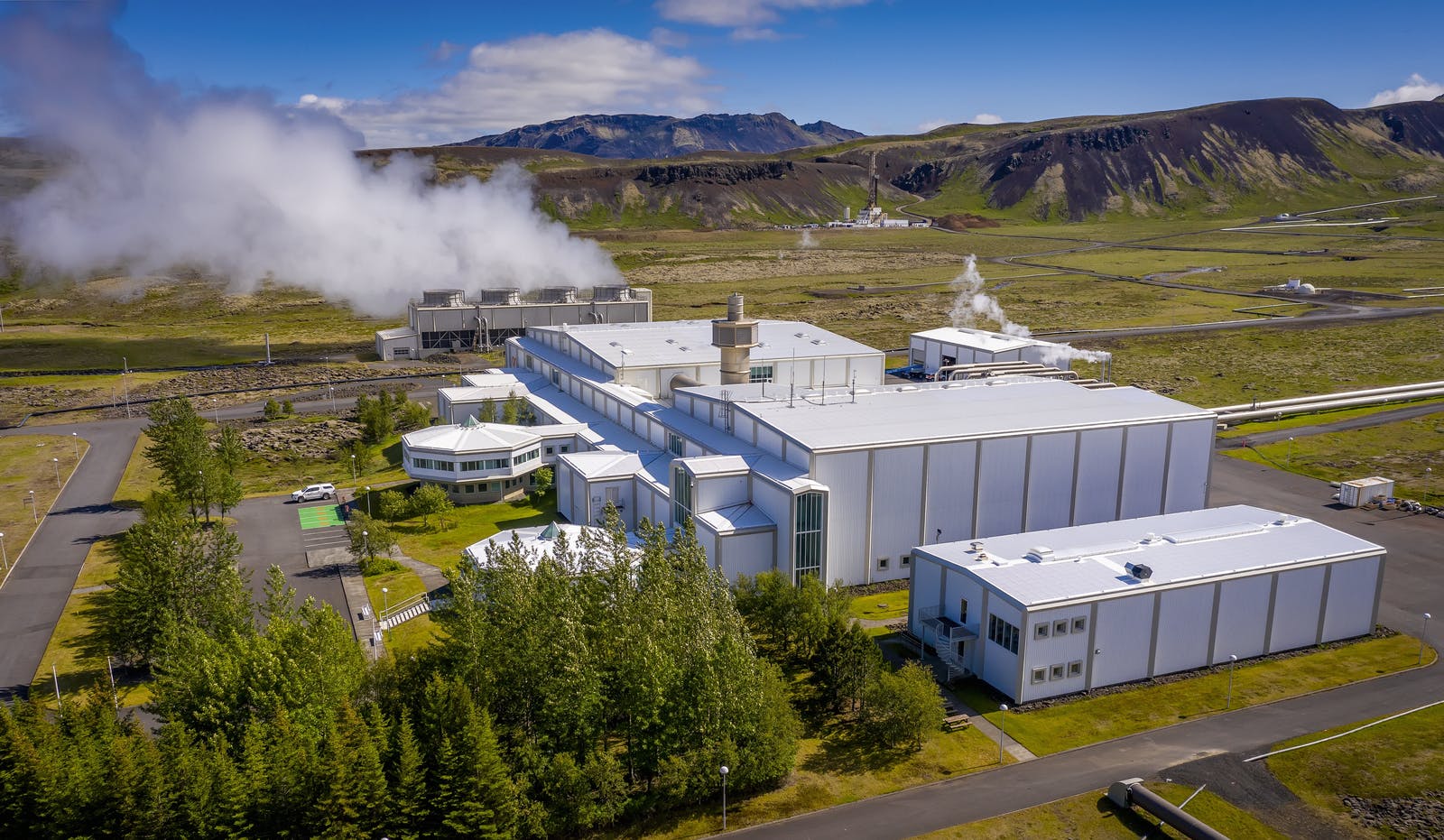
An Environmentally Friendly Future
The path to an environmentally friendly future starts with an energy transition. Geothermal energy has the capability to aid many countries in its energy transition. Once operated it is a relatively clean and cheap energy alternative. Especially high-temperature sources can have heat storage capacities that outreach most other technologies.
Humans have used geothermal energy for over 2000 years. Before electricity was discovered, people in Iceland used geothermal heat for bathing and cooking. Iceland is far ahead of many countries when it comes to the clean energy transition. During the big oil crisis in 1970, Iceland was forced to switch out coal and oil for local resources. In 1908, the first small hydropower station was installed in Hafnafjörður and in 1924, authorities started to build the geothermal-powered district heating system. This energy transition led Iceland to a new, much-desired state of independence and sustainability.
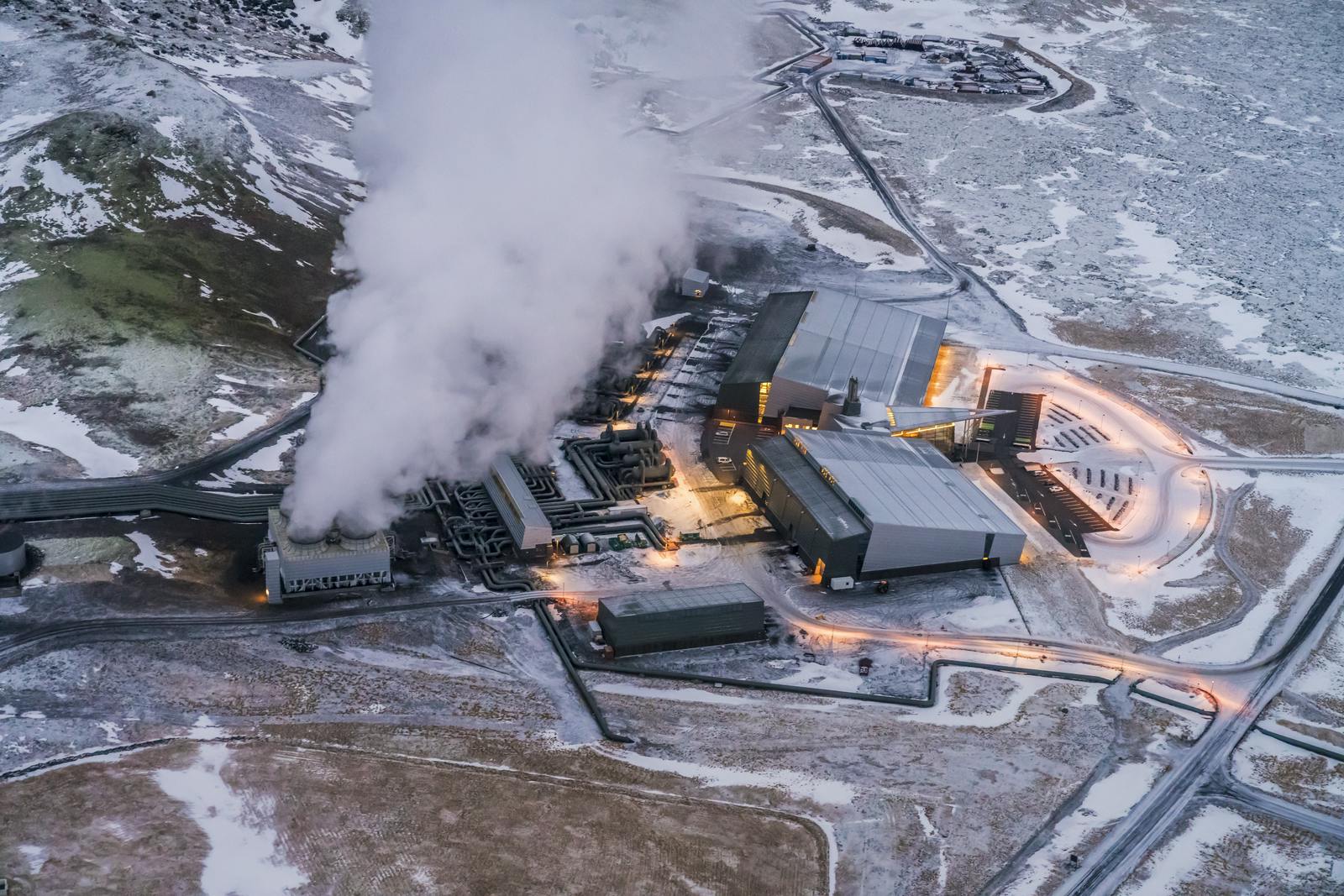
Six Boiling Facts About Iceland's Way of Keeping Warm
- Iceland has a 99.96% renewable energy supply
- Reykjavík, Iceland's capital, has the biggest district heating system in the world
- The famous Blue Lagoon is entirely powered by geothermal energy
- Iceland has over 600 hot springs
- Geothermal power facilities currently generate 30% of the country's total electricity production
- Approximately 9/10 households are heated with geothermal energy







